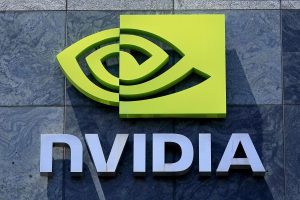The great sage of modern baseball, Yogi Berra, said, “It’s tough to make predictions, especially about the future.” His observation holds true in all walks of life, especially in the world of high technology.
-
Leverage the power of TipRanks’ Smart Score, a data-driven tool to help you uncover top performing stocks and make informed investment decisions.
-
Monitor your stock picks and compare them to top Wall Street Analysts’ recommendations with Your Smart Portfolio
In November 2022, OpenAI released ChatGPT, and showed us how generative AI can shatter our notions of what machine learning can do. Last month, the Chinese startup DeepSeek released its latest AI model, R1, and shook up the world of the shakers.
R1 has, reportedly, outperformed the best AI models on the American scene – but what makes this development truly important is how. The R1 model is open source, and DeepSeek has claimed that the AI’s training cost – the combined cost of the background tech and hardware that makes it possible – came in at just $6 million. That’s a tiny fraction of the costs associated with some of the headline-grabbing US-based AI systems, such as ChatGPT, Gemini, or Grok.
But is this a sign of a seismic shift in AI development, or just a one-off anomaly? Baird analyst Tristan Gerra leans toward the latter, suggesting this could be more of an exception than the start of a trend.
“DeepSeek is high in novelty claims but time will tell whether it creates a disruption in current AI models and AI architectures – we strongly suspect it does not. The claimed cost seems unrealistic, built on existing AI research and GPU architectures thus are not remotely comparable with the amount of AI costs already deployed without which DeepSeek would not exist. Additionally, we see lower-end/lower cost implementations as fueling further demand for AI systems, with price elasticity driving a commensurate surge in GPU volumes,” Gerra opined.
With that in mind, Gerra is doubling down on Nvidia (NASDAQ:NVDA) and Micron (NASDAQ:MU) as top AI plays. Both companies are industry leaders, both enjoy ‘Strong Buy’ analyst consensus ratings, and both stand to benefit from AI’s relentless growth. Let’s take a closer look.
Nvidia
First up on our list, Nvidia, isn’t just the world’s largest semiconductor company – it is one of the largest publicly traded firms on Wall Street. The chip maker’s stock lost a historic $590 billion in the aftermath of the DeepSeek headlines, the biggest single-day decline ever recorded.


